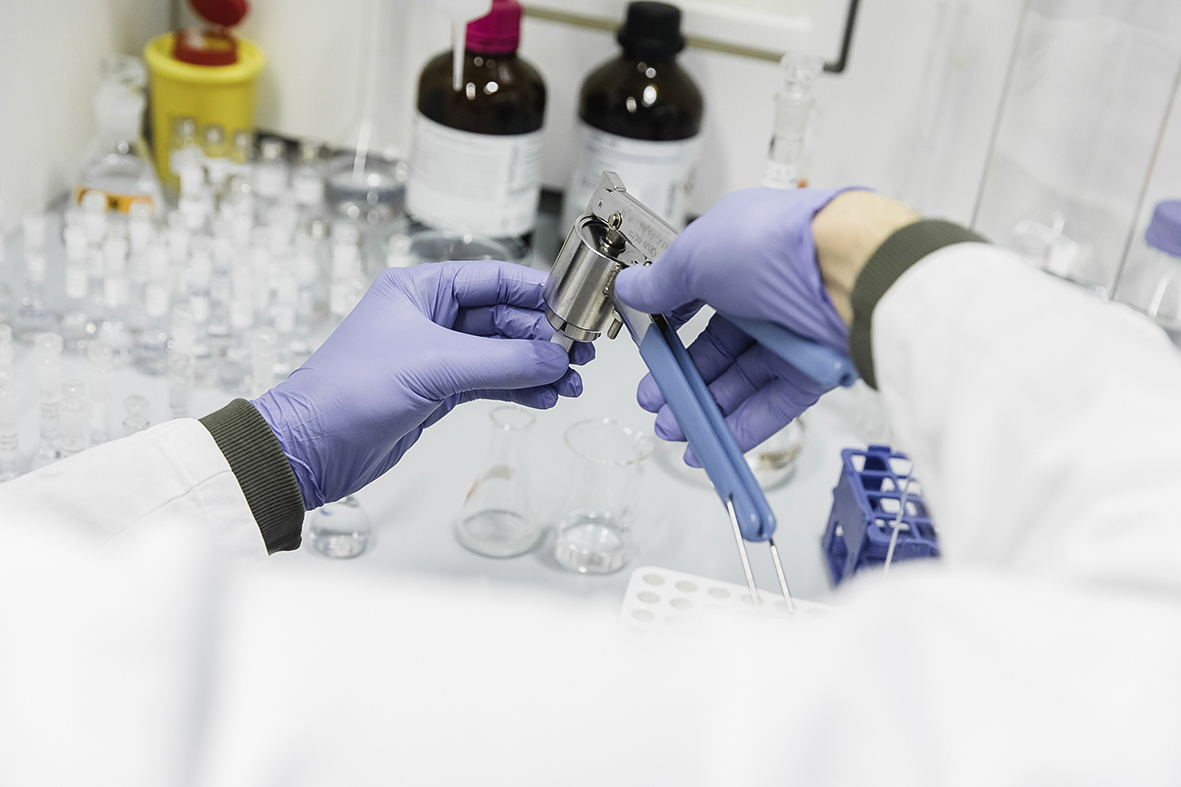1900
The Intercantonal Office for the Control of Medicines (IOCM) is established.
The Intercantonal Office for the Control of Medicines (IOCM) is established.
Switzerland becomes the 33rd member of the WHO International Drug Monitoring Programme in Uppsala, Sweden.

The Federal Council signs off the draft legislation for the new Federal Act on Medicinal Products and Medical Devices (Therapeutic Products Act) and its dispatch for debate by parliament. This is the first time that the control of therapeutic products has been regulated comprehensively by the federal government. It also creates the basis for establishing a national agency for therapeutic products.
The Federal Council decides to implement the Therapeutic Products Act and the associated ordinances with effect from 1 January 2002.
The IOCM merges with the Therapeutic Products Section of the Federal Office of Public Health to form Swissmedic, Swiss Agency for Therapeutic Products. The Federal Act on Medicinal Products and Medical Devices (Therapeutic Products Act, TPA) and the associated ordinances enter into force.
The Agency Council approves the purchase of the printing plant owned by Stämpfli AG at Hallerstrasse 7 in Bern.

The Pharmacopoeia Helvetica is published for the first time by Swissmedic (this is the 9th edition overall).


The Control Committee of the Council of States (CC-S) publishes a report on the difficulties of creating and starting business operations at Swissmedic.
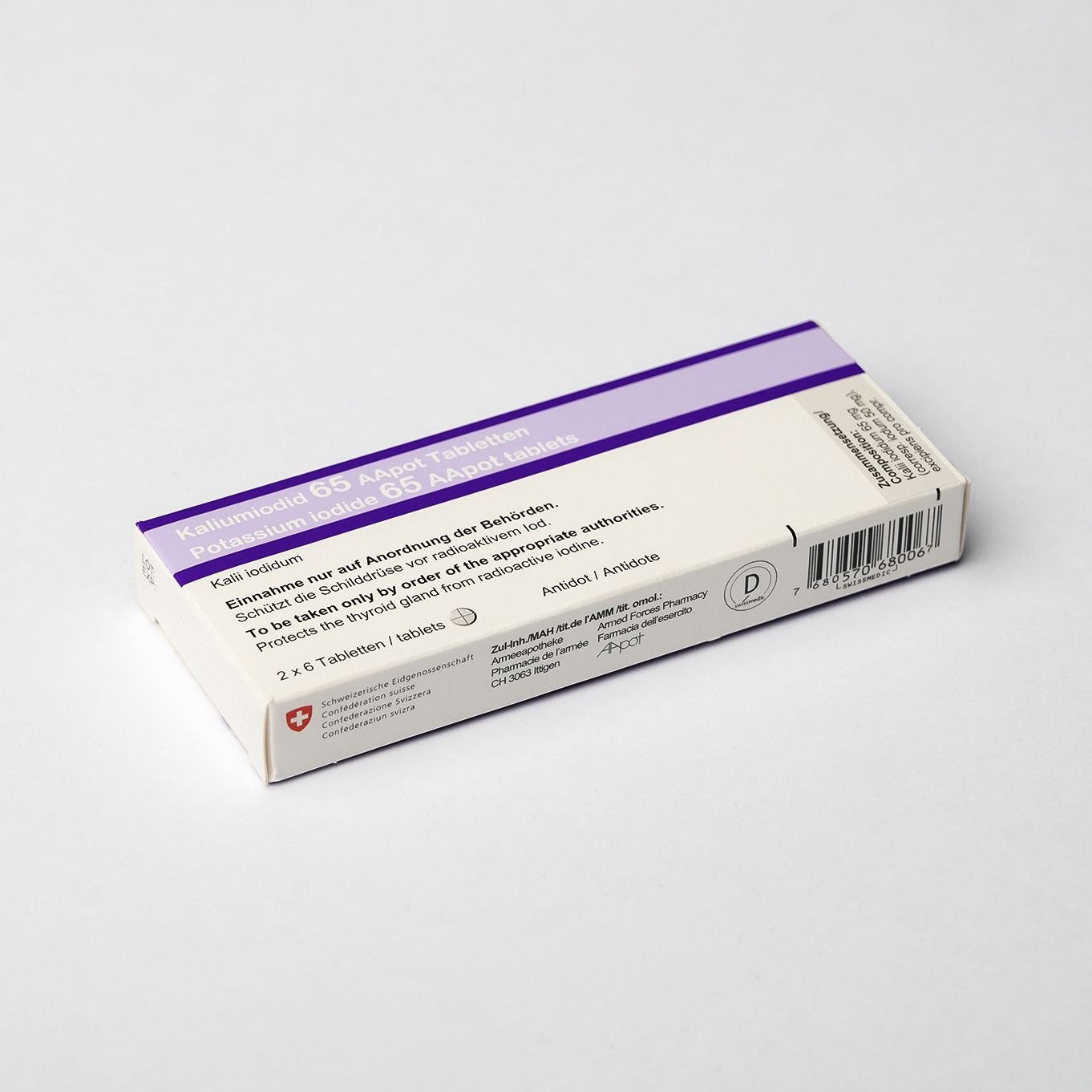

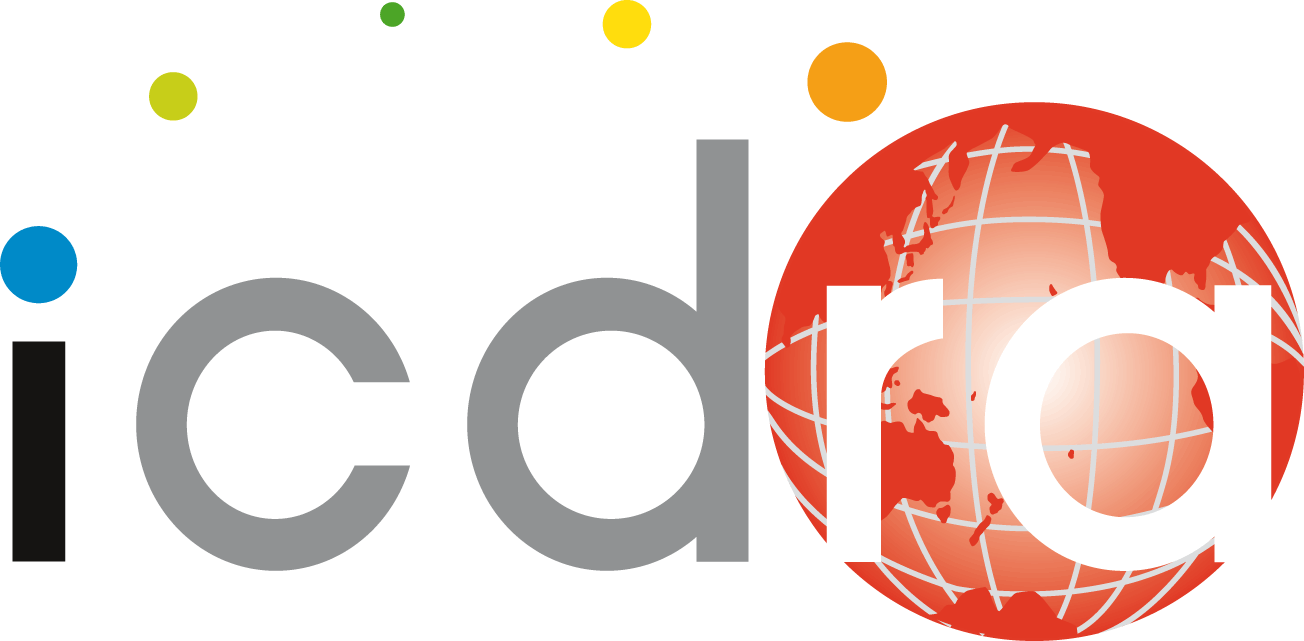
Swissmedic accepts authorisation applications in eCTD format, i.e. electronically, without hard copies.
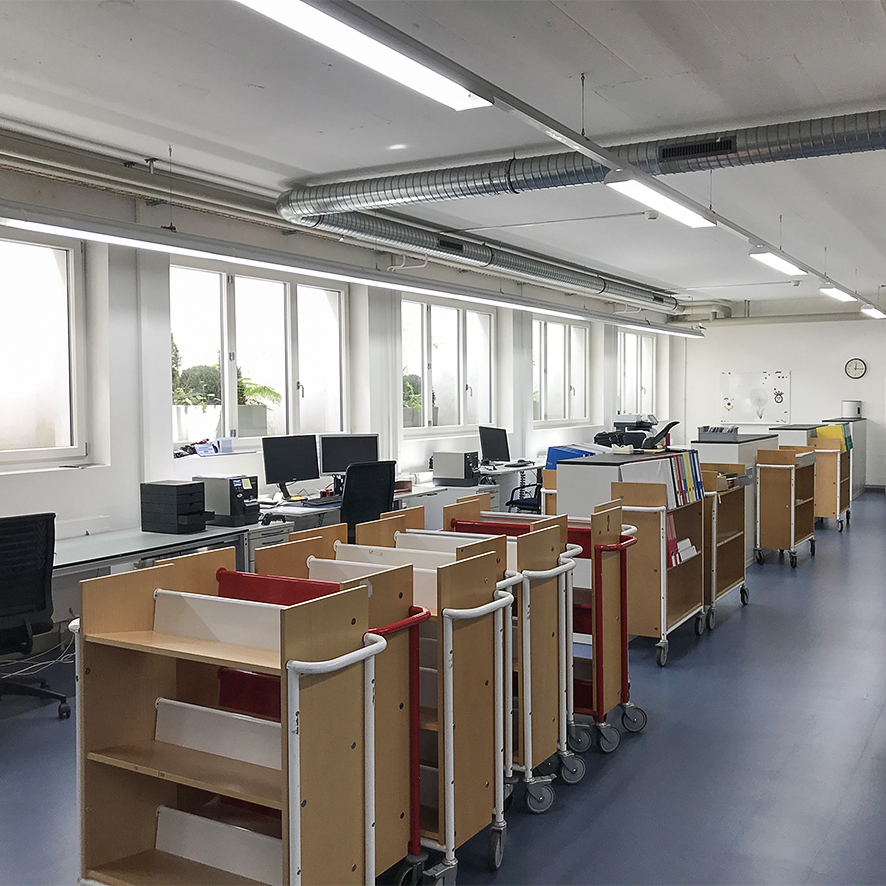
Switzerland signs the European Council’s Medicrime Convention to combat the counterfeiting of therapeutic products.
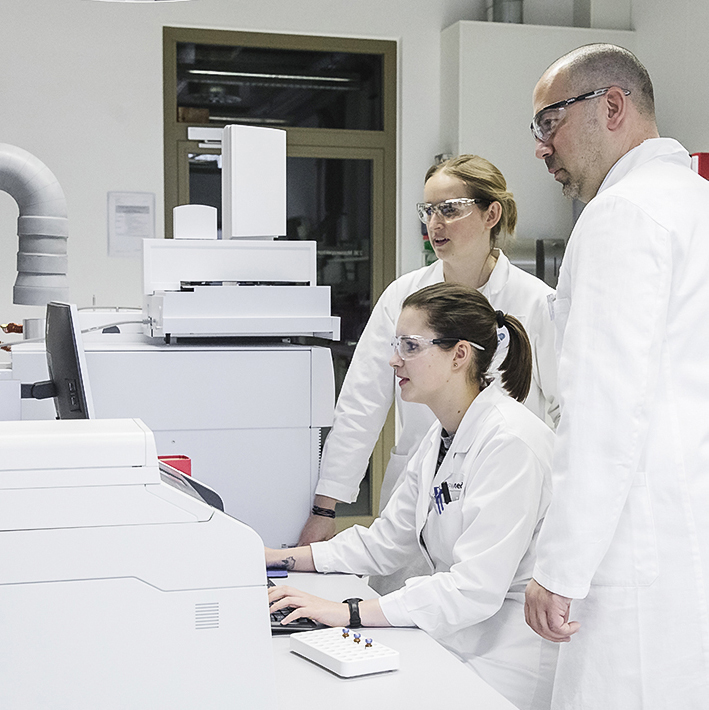
Swissmedic organises a conference to mark the 150th anniversary of the Swiss Pharmacopoeia (Ph. Helv.).
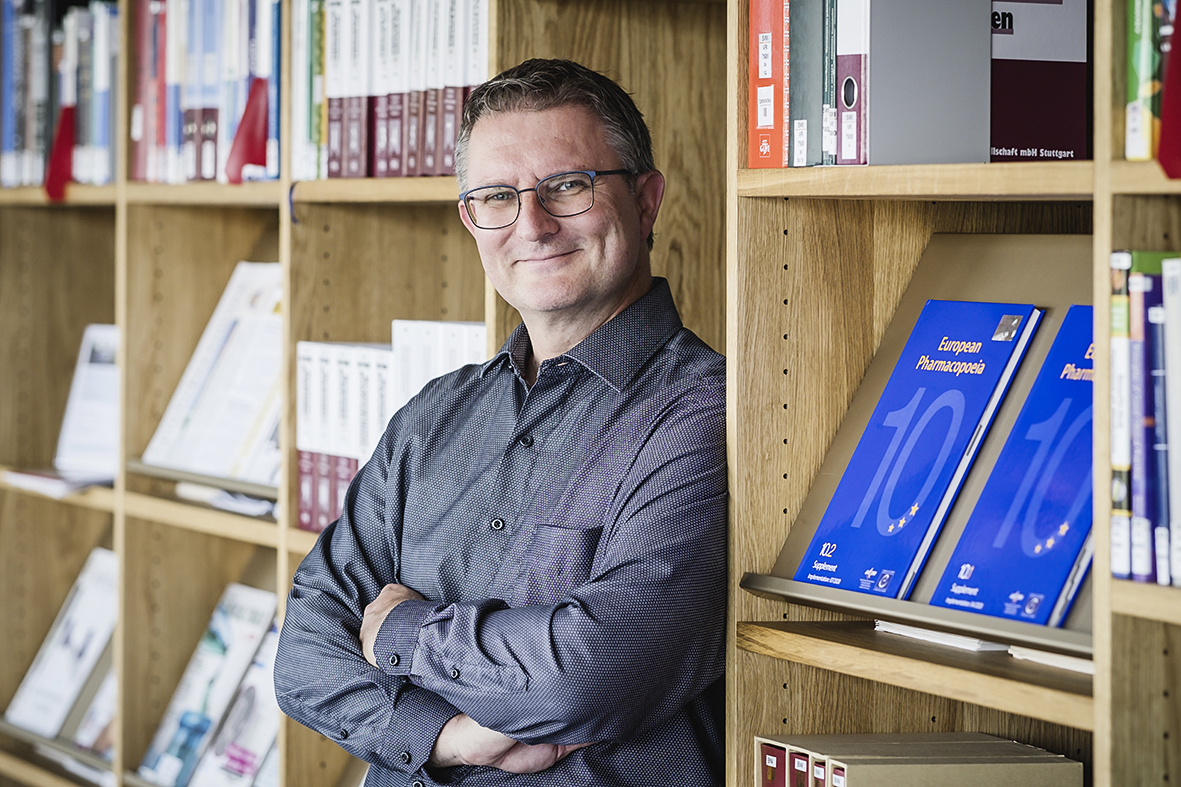
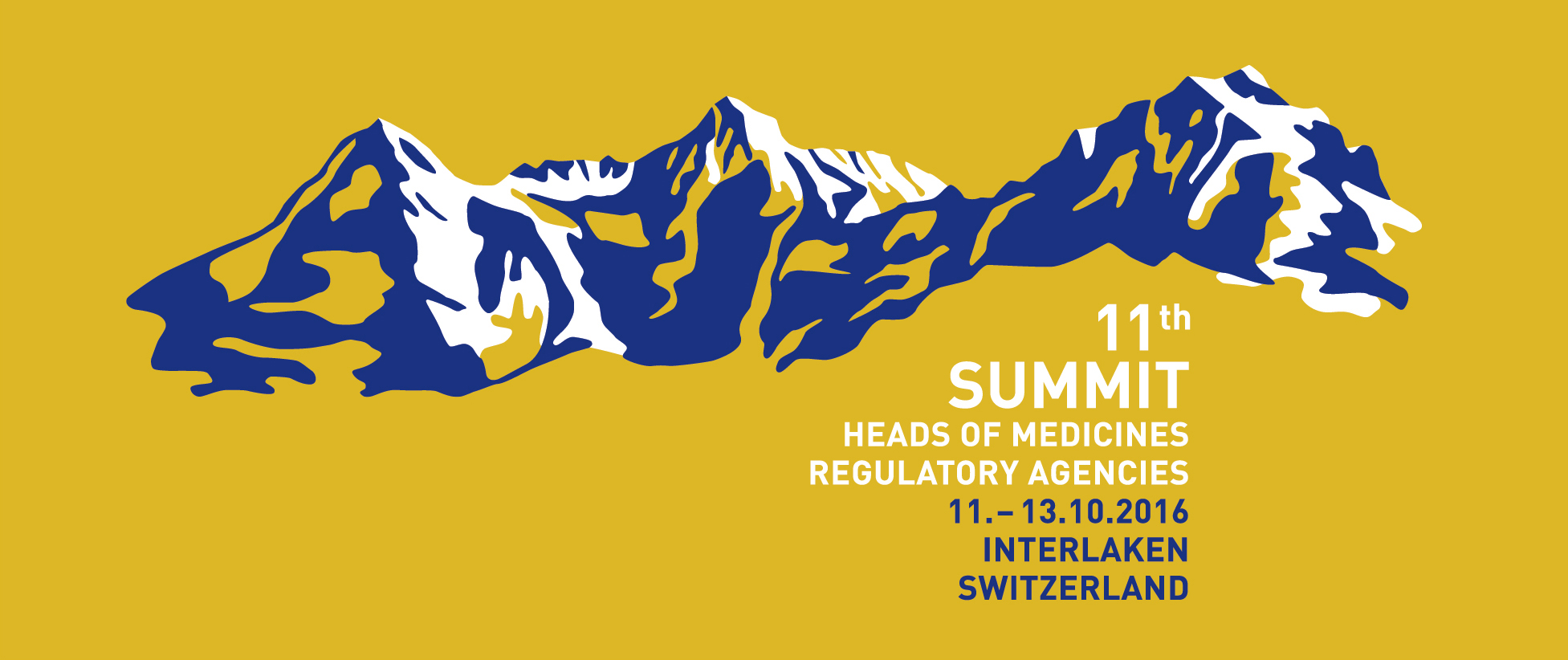
Work starts on revising the legislation governing medical devices. The In Vitro Diagnostic Medical Devices Ordinance (IvDO) is scheduled to come into effect in May 2022.
